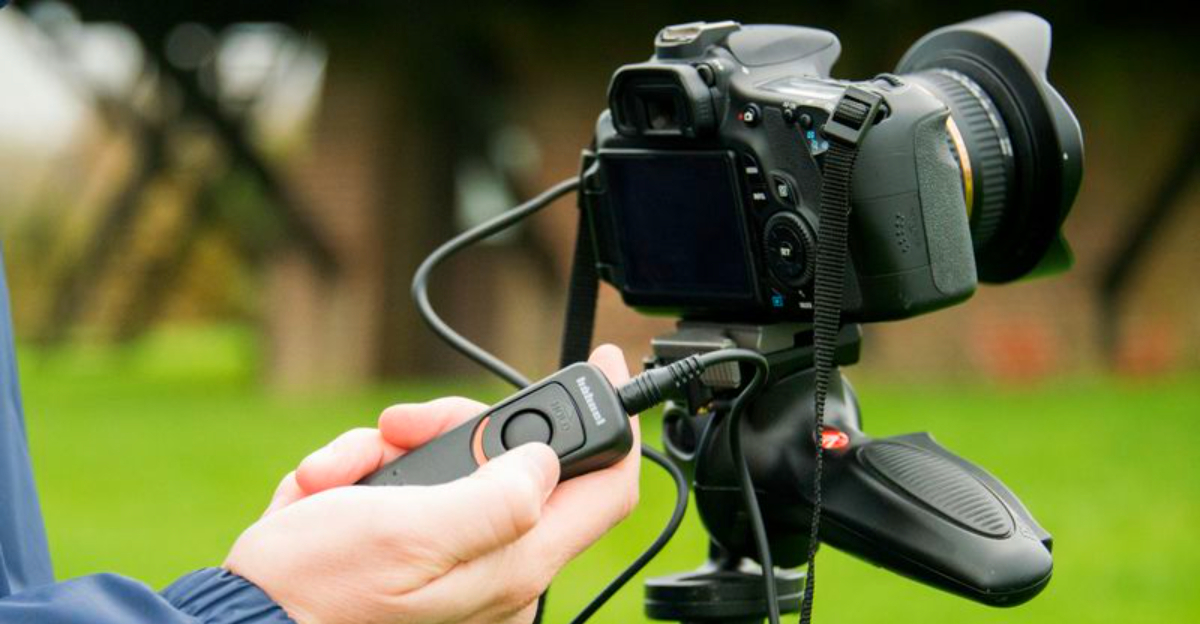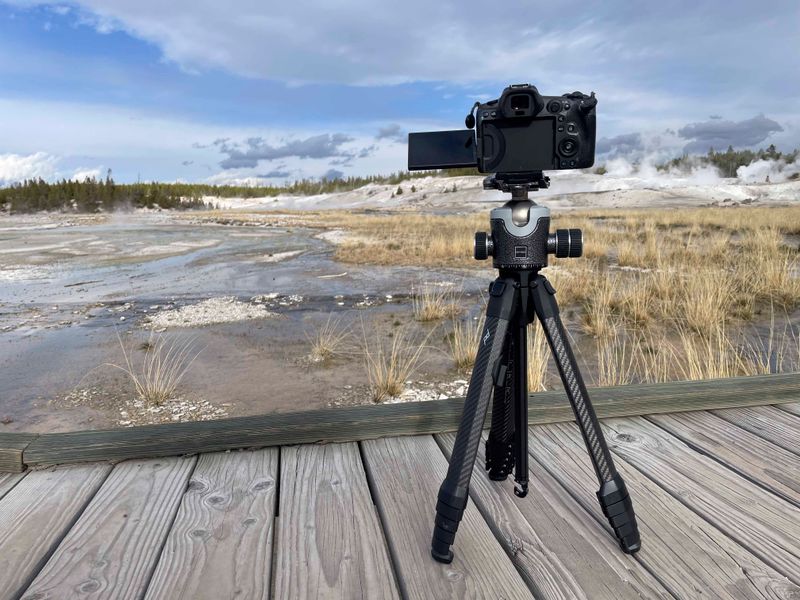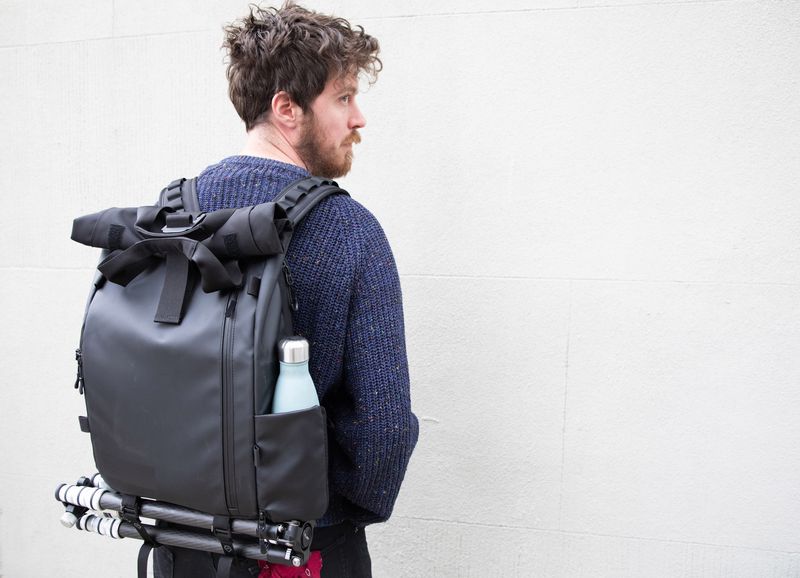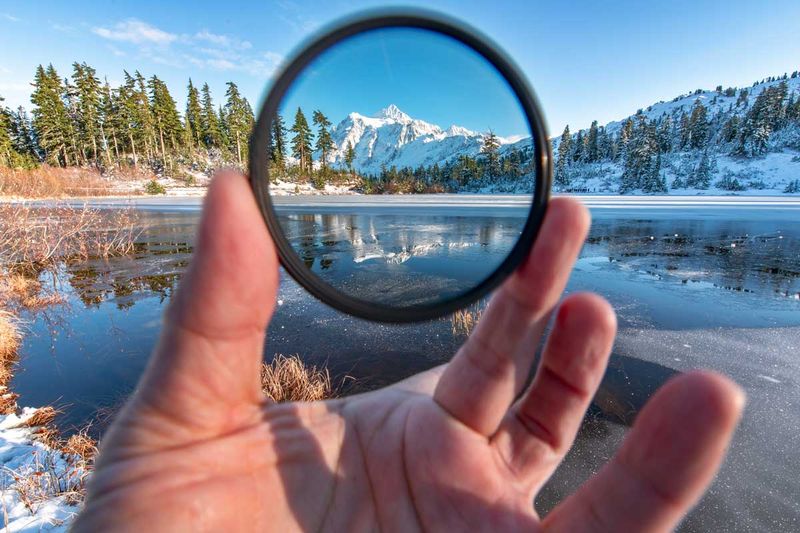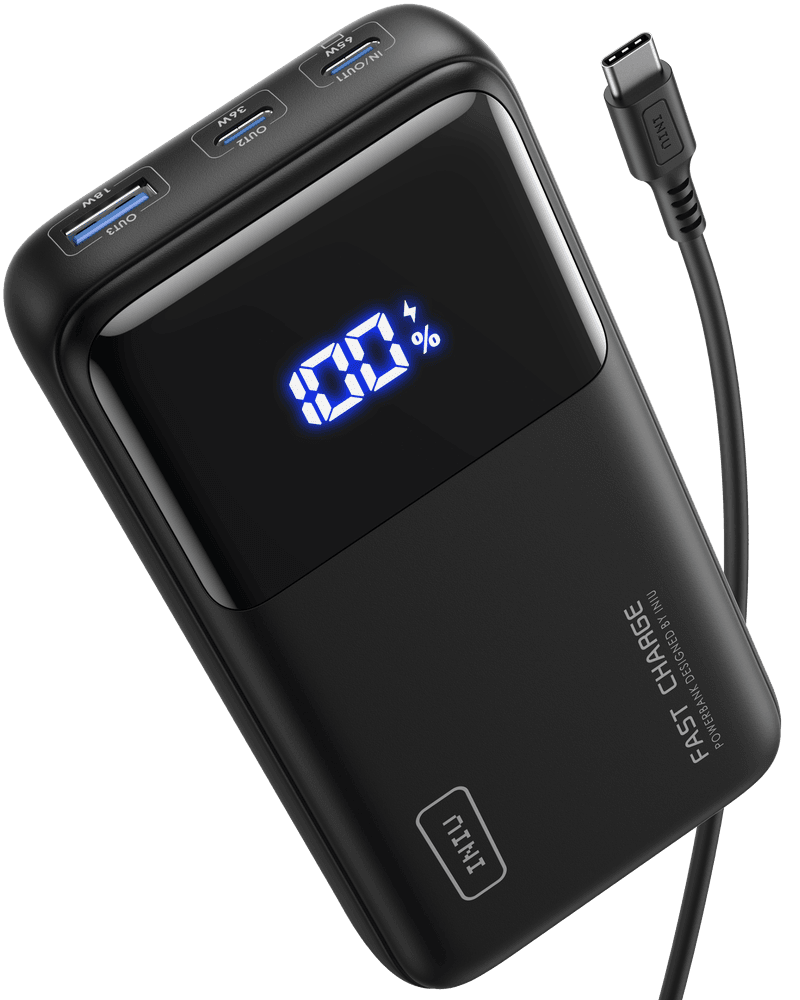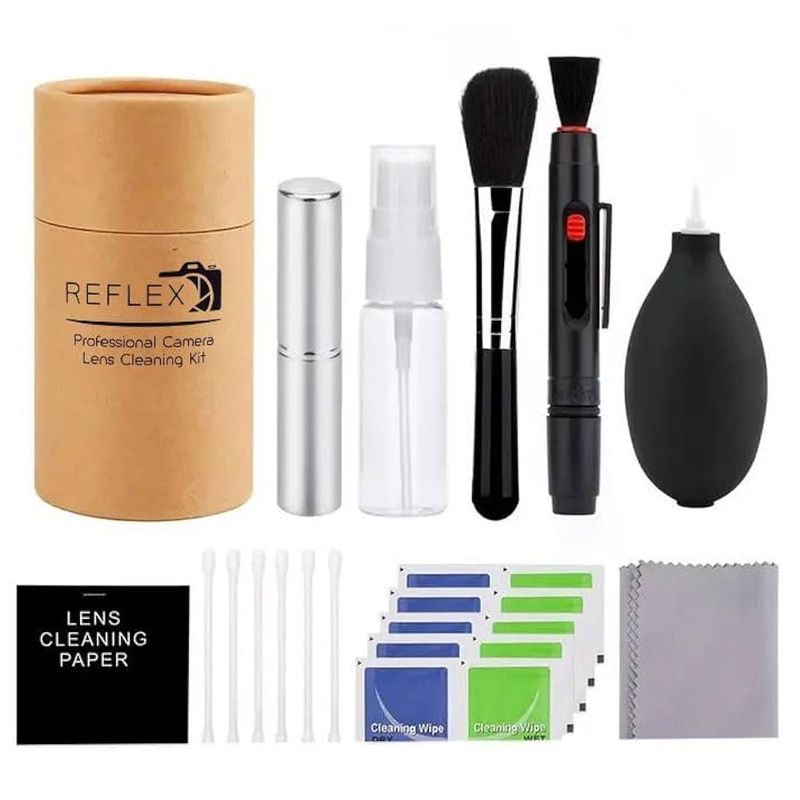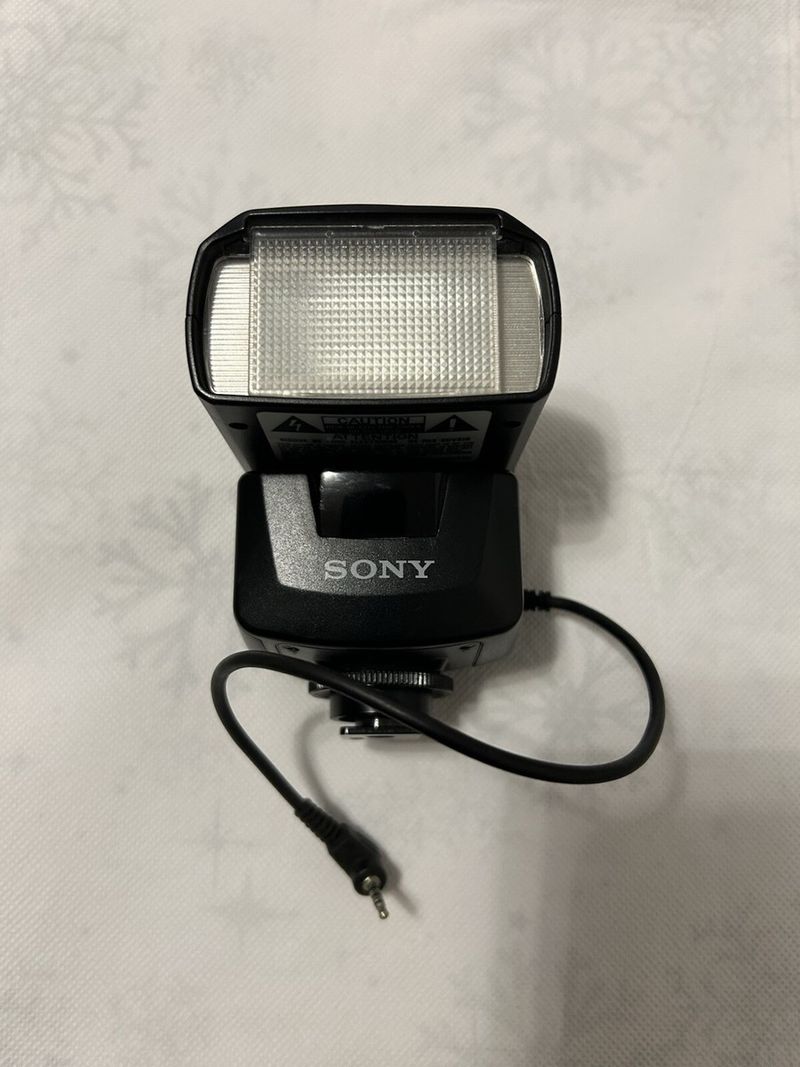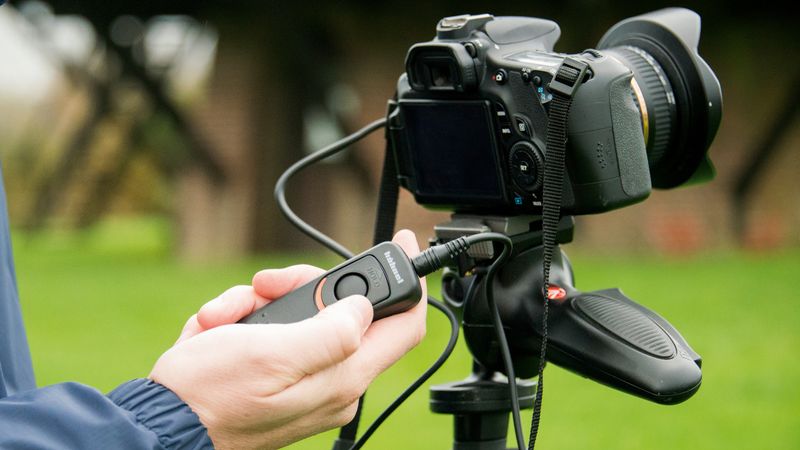Capturing stunning photos while traveling takes more than just a great camera. Professional and hobbyist photographers rely on specific accessories that make their work easier, protect their equipment, and help them get those perfect shots in any situation. Whether you’re exploring busy city streets or hiking mountain trails, having the right tools can transform your photography experience and the quality of your images.
1. Lightweight Travel Tripod
Every photographer knows the frustration of blurry photos in low light. A quality travel tripod solves this problem while staying light enough to carry all day. Carbon fiber models weigh less than two pounds but hold cameras steady for long exposures, night photography, and time-lapses.
Modern travel tripods fold down to fit inside carry-on luggage. They extend to eye level when needed. Look for models with quick-release plates that let you attach and remove your camera in seconds.
Professional photographers consider this their most essential accessory after the camera itself.
2. Versatile Camera Backpack
Your camera bag determines how much gear you can bring and how comfortable your journey will be. A well-designed backpack distributes weight evenly across your shoulders and back, preventing fatigue during long shooting days.
Top-loading designs let you grab your camera quickly without removing the entire bag. Padded dividers protect lenses from bumps and drops. Weather-resistant materials keep electronics safe during unexpected rain.
Many models include hidden pockets for passports and valuables. Side access panels mean you can retrieve gear without fully unpacking everything on crowded streets or hiking trails.
3. Circular Polarizing Filter
Water reflections and washed-out skies ruin otherwise perfect vacation photos. Polarizing filters fix these issues by cutting glare and boosting color saturation. They screw onto your lens front and rotate to adjust the effect strength.
Blue skies become deeper and more dramatic. Reflections on water or glass disappear, revealing what lies beneath. Foliage looks greener and more vibrant without any digital editing.
Unlike software filters, polarizers capture these effects in-camera. Professional landscape photographers never leave home without one attached to their main lens.
4. Portable Power Bank
Dead batteries end photography adventures too soon. Modern cameras drain power quickly, especially when shooting video or using electronic viewfinders constantly. A robust power bank keeps everything charged during long days away from electrical outlets.
Choose models with multiple USB ports to charge cameras, phones, and tablets simultaneously. Some newer versions include AC outlets for charging camera batteries directly. Capacities of 20,000mAh or higher provide multiple full charges.
Photographers exploring remote locations treat power banks as essential survival gear, not optional extras.
5. Microfiber Lens Cleaning Kit
Fingerprints, dust, and water spots destroy image sharpness faster than anything else. Keeping lenses clean seems simple until you’re standing on a beach with sand everywhere or hiking through humid rainforests.
Professional cleaning kits include microfiber cloths that won’t scratch glass, air blowers that remove dust particles, and lens pens with special tips for stubborn smudges. Small spray bottles contain alcohol-free solutions safe for lens coatings.
Compact cases keep everything organized in your camera bag. Clean lenses mean sharper photos without spending hours fixing problems during editing later.
6. External Flash Unit
Built-in camera flashes create harsh shadows and unflattering light that screams amateur photography. External flash units bounce light off ceilings and walls, producing natural-looking illumination that enhances rather than ruins your subjects.
Tilting heads adjust to different angles for creative lighting effects. Wireless triggers let you position flashes away from your camera for dramatic results. Battery-powered units work anywhere without searching for power outlets.
Portrait and event photographers consider external flashes absolutely necessary. They transform ordinary snapshots into professional-quality images worth printing and framing.
7. Remote Shutter Release
Pressing the shutter button causes tiny vibrations that blur photos, especially during long exposures or macro photography. Remote releases solve this problem by triggering the camera without touching it at all.
Wireless models work from up to 300 feet away, perfect for group photos where you want to appear in the frame. Wired versions never need battery changes. Intervalometer functions automate time-lapse sequences and star trail photography.
Night photographers and self-portrait enthusiasts find remotes indispensable. They cost less than most camera accessories but dramatically improve technical image quality.
